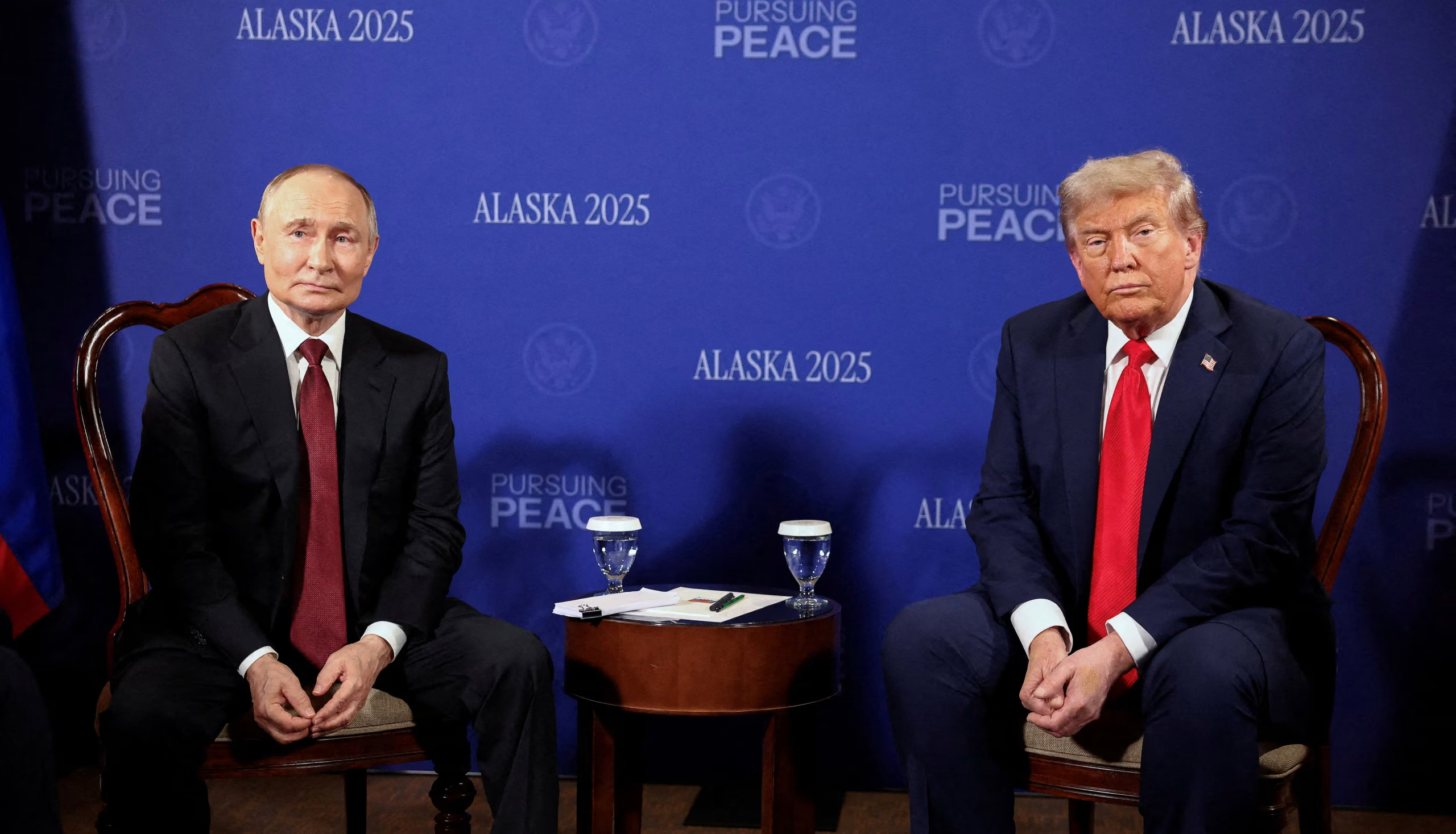On August 15, 2025, a landmark summit took place at Joint Base Elmendorf–Richardson in Anchorage, Alaska, bringing together U.S. President Donald Trump and Russian President Vladimir Putin in a high-stakes meeting aimed at addressing one of the most critical geopolitical conflicts of recent times—the Russia-Ukraine war.
The Alaska summit was notable for several reasons. It was the first face-to-face encounter between Presidents Trump and Putin since Trump’s reelection in 2024 and their first meeting as sitting presidents since 2019. It was also the first time Putin visited U.S. soil since 2015 and the first Russian presidential visit to a Western country since the full-scale invasion of Ukraine in 2022. The summit was conducted on a U.S. military base, underscoring the gravity and sensitive nature of the talks.
Central to the discussions was the ongoing conflict in Ukraine, a war that has reshaped global alliances and raised serious concerns about security in Europe and beyond. Both leaders expressed a shared interest in resolving the conflict, though their approaches revealed deep complexities. President Trump emphasized the need for direct peace negotiations between Ukraine and Russia, signaling a shift from previous U.S. policy that prioritized a ceasefire as a preliminary step. Putin, on the other hand, highlighted Russia’s territorial concerns, particularly in eastern Ukraine, signaling that any halt to offensive actions would depend on Ukraine conceding certain areas.
The summit lasted over two and a half hours, with both leaders accompanied by key members of their delegations. Despite the absence of a formal ceasefire agreement, both sides described the talks as constructive, with Trump noting “great progress” and Putin speaking of agreements reached that could lay the groundwork for future efforts to end hostilities.
In addition to the Ukraine conflict, the summit touched on broader issues such as nuclear arms control, including discussions on the renewal of treaties like New START, which is critical for global nuclear stability. The setting of Alaska—geographically and historically significant for both nations—served as a symbolic venue for what many hope could be a new chapter in Russia-U.S. relations.
While many questions remain unanswered and the path to peace remains fraught with challenges, the Alaska summit represents a diplomatic milestone. It reopened a direct communication channel between two of the world’s most powerful leaders and placed renewed focus on finding a resolution to one of the most devastating conflicts of the 21st century.
As President Trump plans to brief Ukrainian President Volodymyr Zelenskyy following the summit, the international community watches closely, hopeful that this dialogue might eventually lead to a peaceful solution.
More than news- Its Icegate

